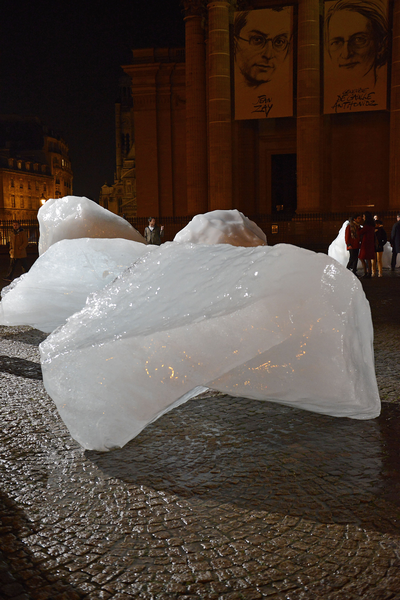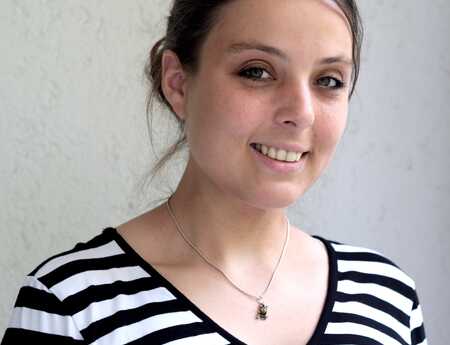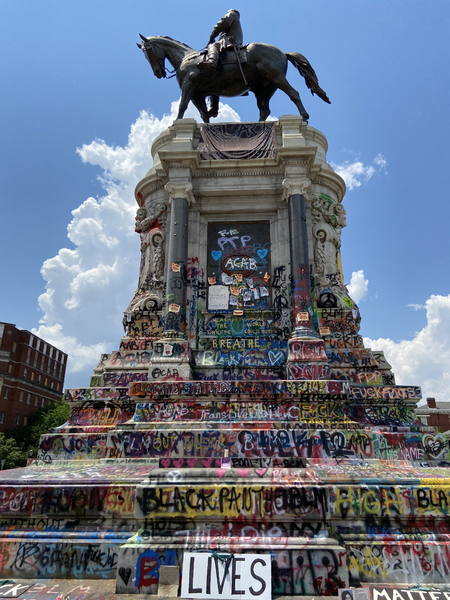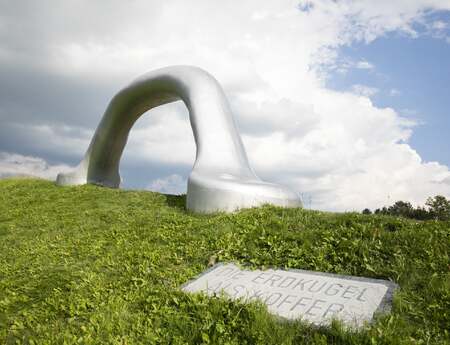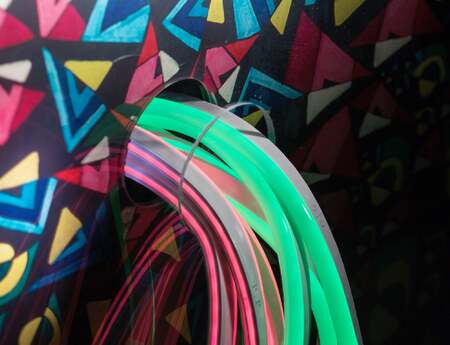Von der revolutionären Kraft der Kunst – das sculpture-network-Jahresthema „Sculpting Society“
Wozu Kunst? Wozu Skulptur? Mit Fragen wie diesen sind Kunstschaffende und Kunstliebende gleichermaßen regelmäßig konfrontiert. Die Antworten darauf sind so vielseitig wie die Menschen, die sie geben, aber die meisten würden wohl in einem übereinstimmen: Kunst ist ein Teil der Gesellschaft. Mit dem aktuellen Jahresthema „Sculpting Society“ lenkt sculpture network den Blick auf das Potenzial der dreidimensionalen Kunst, gesellschaftspolitisch zu wirken.
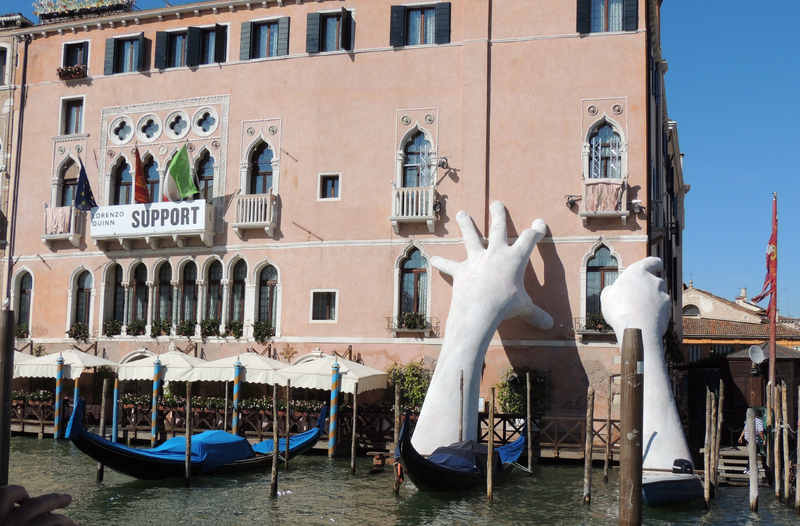
Wir blicken zurück auf ein Jahr voller Herausforderungen – einige davon haben wir gemeistert, andere liegen noch vor uns. Vieles von dem, was uns gesellschaftlich bewegt, nehmen wir mit ins neue Jahr: Klimakrise, Coronapandemie und der Kampf für soziale Gerechtigkeit werden uns neben weiteren kleinen und großen Konflikten noch lange begleiten. Vielen Menschen drückt diese angespannte Gesamtsituation aufs Gemüt. Es ist eine Realität, der sich niemand entziehen kann, und wir als Gesellschaft stehen in der Verantwortung, diese Realität zu bewältigen. Eine echte Sisyphus-Aufgabe, die überwältigend wirken kann. In Zeiten der Krise ist es häufig die Kunst, der sich Menschen auf der Suche nach Trost und Hoffnung zuwenden. Es ist Kunst, die bei der Weltbewältigung helfen kann. Umso alarmierender ist es, dass gerade Kunstschaffende und der Kultursektor unter den Folgen der Pandemie besonders zu leiden haben. Laut UNESCO waren im Mai 2020, auf einem Höhepunkt der ersten Corona-Welle, 95 % der Museen weltweit geschlossen. Der Global Art Market Report verzeichnet nach Jahren des Anstiegs für das Jahr 2021 einen Rückgang des Umsatzes im Kunsthandel von 22 % gegenüber den Zahlen von 2019. Und doch ist es Kunst, die uns bewegt, die uns tagtäglich Hoffnung und eine Perspektive gibt. Es sind Künstlerinnen und Künstler, die trotz ihrer eigenen prekären Lage stetig neue Wege finden, unser kollektives Trauma zu verarbeiten, die uns Kunst schenken, welche uns verstehen lehrt. Und Kunst, die Zeichen setzt.
Gerade die dreidimensionale Kunst in all ihren Formen ist aufgrund ihrer schieren Präsenz von besonderer Bedeutung und besonderem Wert für eine Gesellschaft, denn es ist kaum möglich, sich ihr völlig zu entziehen: Eine öffentliche Skulptur lässt sich kaum ignorieren, sie zwingt aufgrund ihrer physischen Präsenz förmlich den Blick auf sich. Eine Performance kommt erst durch die Anwesenheit eines Publikums zustande, sie existiert nur in der Interaktion. Eine Installation lädt nicht nur zur Interaktion ein, sondern verarbeitet Alltägliches zu Kunst und verwischt dabei die Grenzen zwischen Kunstwerk und dem Alltag der Betrachtenden. Aktionskunst greift ganz direkt in gesellschaftspolitische Prozesse ein und formt sie. Die dreidimensionale Kunst in all ihren Facetten bewegt (oder zwingt?) uns also in ganz besonderer Weise zur Auseinandersetzung.
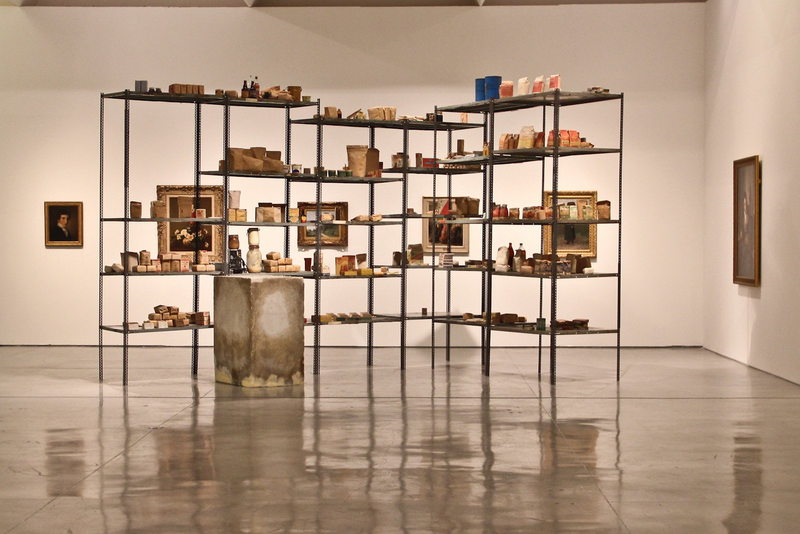
Dieses soziale Element hob schon Joseph Beuys in den 1970er-Jahren mit seiner Idee der Sozialen Plastik hervor. Getrieben vom Wunsch, Kunst und Wissenschaft nicht als Gegenpole, sondern als gegenseitig fruchtbar machend zu betrachten, rief er zu einer aktiven Integration der Kunst in gesellschaftspolitische Prozesse auf. Nicht l’art pour l’art, sondern die Kunst als Aktionsmittel, als gestalterische Kraft. Nicht mit dem Artefakt selbst im Zentrum, sondern mit dem Konzept hinter dem Kunstwerk, ob physisch ausgeführt oder nicht. Die Grundidee dieses erweiterten Kunstbegriffs (wenn auch nicht ganz in der Radikalität, die Beuys vertrat) ist mittlerweile ganz in der Mitte der Gesellschaft angekommen. Kaum jemand würde heute anzweifeln, dass Kunst eine Gesellschaft prägen und formen kann – sei es durch die Kunstwerke, die wir konsumieren und in den Diskurs aufnehmen, die Kunstwerke, die unser Handeln entblößen und kritisieren, oder die, die uns abstoßen und zur Abgrenzung zwingen.
„Die einzig revolutionäre Kraft ist die Kraft der menschlichen Kreativität – die einzige revolutionäre Kraft ist die Kunst.“ – Joseph Beuys
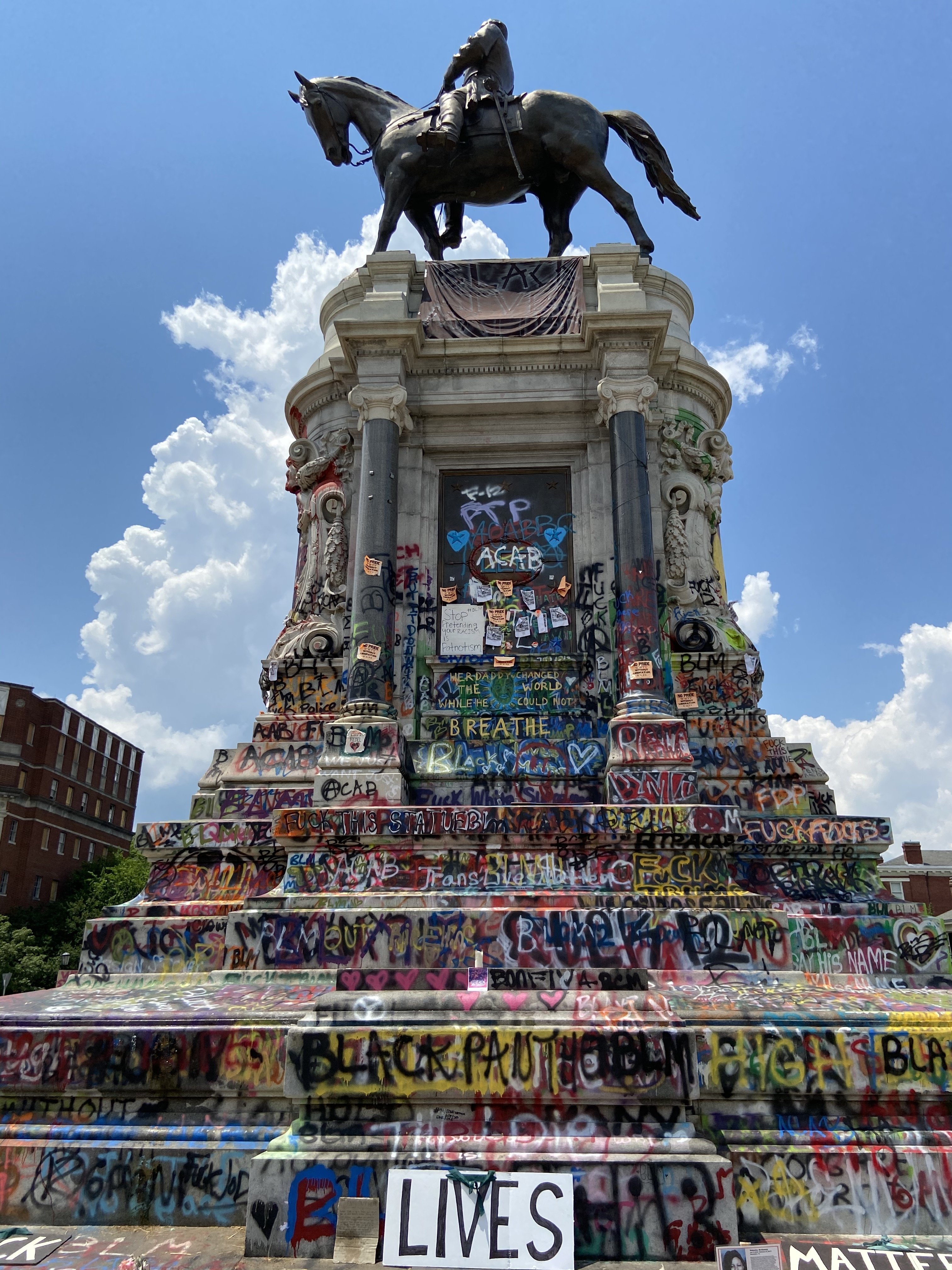
So intensiv wie selten zuvor steht dieser Tage die öffentliche Skulptur im Zentrum einer Debatte. Es geht um nicht weniger als die Frage: Was ist es wert, im öffentlichen Raum erinnert zu werden? Wessen Statue hat ein Recht auf diesen Platz – und wessen Statue gehört niedergerissen? So kam es in den letzten zwei Jahren vermehrt zu Denkmalstürzen historischer Persönlichkeiten, die mit Kolonialismus und Sklavenhandel in Verbindung standen. Die Kunst, und in diesem Fall ganz konkret die Skulptur, als Träger des kulturellen Gedächtnisses im Assmann’schen Sinne ist zugänglich für alle, unabhängig von Status, Bildungsniveau, Herkunft und Milieu … Das macht sie zu einem mächtigen Werkzeug – einem Werkzeug, das weise genutzt werden will. Der moderne Ikonoklasmus ist eng verbunden mit der Black Lives Matter-Bewegung und dem Bedürfnis, das kulturelle Gedächtnis neu (und gerechter) zu prägen, das Bild einer offenen, freien und gleichen Gesellschaft aufzurufen. Die Statue als Erinnerungsstütze im öffentlichen Raum ist ein Baustein im kulturellen Gedächtnis – ihr Sturz hat immer Symbolkraft und provoziert natürlich ganz grundsätzliche Fragen: Können wir unser kulturelles Gedächtnis gezielt formen? Was macht es mit uns, wenn wir bestimmte Aspekte bewusst daraus zu löschen versuchen?
Die immense Symbolgewalt der öffentlichen Skulptur wurde erst vor wenigen Wochen unter Beweis gestellt, als die chinesische Regierung in Hongkong ein Mahnmal für die Toten der Proteste auf dem Tiananmen-Platz von 1989 niederreißen ließ. Die Botschaft dahinter ist klar: Wer ein Denkmal zerstört, streicht etwas aus dem kulturellen Gedächtnis, im Guten wie im Bösen. Ob das erstrebenswert ist, mag jede Person individuell und situationsabhängig entscheiden. Aber fest steht: Die Skulptur hat diese Macht. Konstruktives und destruktives Potenzial wohnt ihr gleichermaßen inne.
Diese Macht zum Wohle unserer Gesellschaft zu nutzen, das steht vor allem bei der in jüngster Zeit herausgebildeten Kunstform der Climate Change Art im Vordergrund. Eine der größten globalen Herausforderungen unseres Zeitalters besteht darin, die negativen Einflüsse der Menschheit auf die Umwelt zu minimieren. Und es ist nicht damit getan, sich zurückzulehnen und die Hände im Schoß zu falten. Denn die Zeit läuft! Diese Dringlichkeit vermitteln nicht nur politische Proteste auf der ganzen Welt, sie wird auch und ganz besonders durch oft monumentale Kunstwerke veranschaulicht. Kunstwerke, die uns vor Augen führen, wie klein der einzelne Mensch im Angesicht von Naturgewalten ist. Diese Macht, auf einer emotionalen Ebene und ganz individuell zu berühren, wohnt einzig der Kunst inne. Wo Argumente, Debatten und Parolen nicht mehr fruchten, kann es vielleicht die dreidimensionale Kunst sein, die ein Umdenken anstößt.
„Art is now an open conversation with the society“, sagte der jüngst verstorbene Konzeptkünstler Lawrence Weiner einmal. Treten wir in diesen Dialog! Lassen wir die Kunst sprechen, interagieren wir mit ihr! Gerade die dreidimensionale Kunst macht es ihrem Publikum leicht, sich nicht als Publikum, sondern als ein integraler Bestandteil zu fühlen. Diese Unmittelbarkeit, diese Möglichkeit von Integration und Interaktion, verleiht ihr die Macht, gesellschaftlich etwas zu bewegen. Nutzen wir dieses Jahr mit all seinen Herausforderungen, um unter dem sculpture-network-Jahresthema „Sculpting Society“ Gesellschaft und Kunst neu zu denken.
Veröffentlicht: Februar 2022
Bild-Credits:
(1) Lorenzo Quinn: Support (2017). Foto: Abxbay (https://commons.wikimedia.org/wiki/File:CANAL_GRANDE_-_palazzo_Sagredo_-_Lorenzo_Quinn_-_Support_2.jpg), „CANAL GRANDE - palazzo Sagredo - Lorenzo Quinn - Support 2“, https://creativecommons.org/licenses/by-sa/4.0/legalcode
(2) Joseph Beuys: Wirtschaftswerte (1980). Foto: Avital Pinnick (https://www.flickr.com/photos/spindexr/8100498647), https://creativecommons.org/licenses/by-nc-nd/2.0/
(3) Denkmal des Südstaaten-Generals Robert E. Lee in Richmond, Virginia, nach Black-Lives-Matter-Protesten im Juli 2020. Foto: Mk17b (https://commons.wikimedia.org/wiki/File:Defaced-lee-statue-2020.jpg), „Defaced-lee-statue-2020“, https://creativecommons.org/licenses/by-sa/4.0/legalcode
(4) Ólafur Elíasson: Ice Watch (2015). Place de Panthéon, Paris. Foto: UNclimatechange from Bonn, Germany (https://commons.wikimedia.org/wiki/File:Glacier_ice_installation_'Ice_Watch'_at_Place_du_Panthéon,_Paris_(23513517355).jpg), „Glacier ice installation 'Ice Watch' at Place du Panthéon, Paris (23513517355)“, https://creativecommons.org/licenses/by/2.0/legalcode

